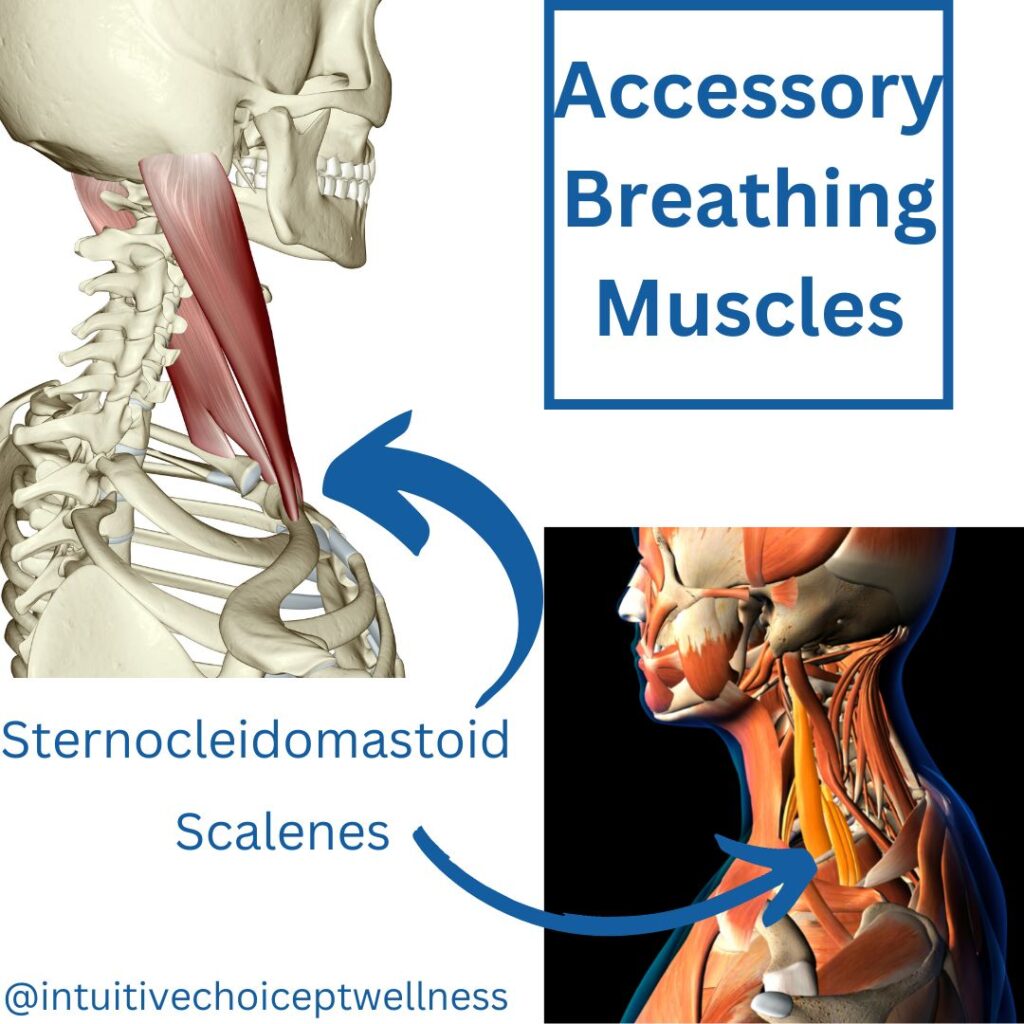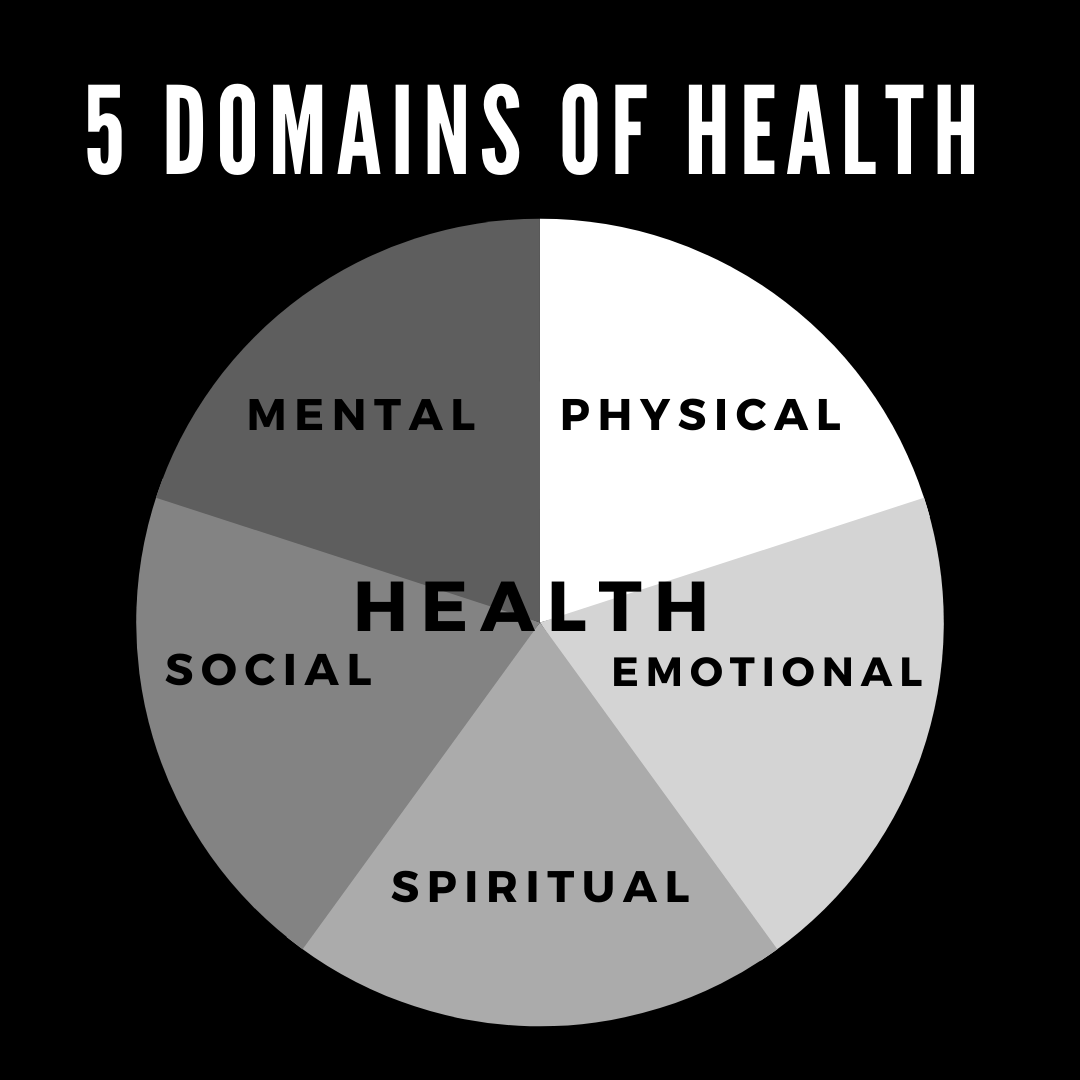Are you breathing wrong? Did you know that there is a right and wrong way to breathe? Let’s look at the benefits of certain breathing techniques and how we can make it more efficient with diaphragmatic breathing.
- Are You Breathing Wrong?
- What Causes Our Breathing Patterns to Change?
- Proper Diaphragmatic Breathing Technique
Are You Breathing Wrong?
Nose vs. Mouth Breathing
- It’s better to breathe through the nostrils, because this helps warm the air and filter out any pathogens, pollution, or small insects.
- Breathing through the mouth can dry the mouth, which can lead to dental problems and bad breath.
- Your throat and lungs function better with moist air. Structures in your nose called turbinates handle this task.
- Sometimes mouth breathing is necessary to take in more oxygen. Intense exercise or congestion leads to this.
Belly Breathing vs. Chest Breathing
This is an area where we can learn a lot from babies and young children. If you’ve ever watched a baby breathe, you know that there is a lot of movement in their stomach as well as their ribs.
Belly breathing is essential to make sure that the diaphragm can engage.
- It creates negative pressure in the stomach cavity and our diaphragm contracts and pulls down. This allows the lungs to expand down and out farther in the chest cavity.
- It also allows the ribs to expand outward, which fills the lungs with air more efficiently.
- This vacuum pulls air into the lungs to allow them to expand more, bringing more oxygen to the body and brain as the diaphragm flattens.
- It stimulates the vagus nerve, which has many positive health effects.
Chest breathing is a necessary skill for deep breathing and good oxygen exchange.
When performed shallowly and without engaging the diaphragm, this is called “accessory muscle breathing” and is much less efficient for many reasons.
- The smaller, stabilizing neck muscles have to activate during each breath. These muscles should normally only be used during heavy exercise or other times that the lungs need to expand more fully.
- These muscles (scalenes and sternocleidomastoids) become active when the diaphragm isn’t engaging, leaving no room for the ribs to expand down and outward.
- Because these “accessory muscles” are not designed to do the work of normal breathing, they can get overworked.
- When the smaller muscles get overworked, they can become shortened and painful.
- Because the rib cage is not moving much, it also leads to stiffness in the thoracic spine (upper back) because the vertebrae attach to the ribcage.


What Causes Our Breathing Patterns to Change?
We now know that when we breathe at rest, the most efficient way is to breathe through the nose and allow the belly and ribs to expand outward with air. So why are you breathing wrong? How does this natural pattern get thrown off?
Illness
Asthma, congestion, or COPD. These conditions increase the work of breathing, which leads to using the accessory breathing muscles. This pattern can become automatic over time leading to less use of the diaphragm.
Anxiety or other mental health problems. Feeling anxious leads to shorter, shallower breaths. This fight or flight response is often accompanied with slightly elevated shoulders. This leads to shortened neck muscles and decreased expansion of the rib cage.
Structural Changes
Deviated septum. This makes it more difficult to breathe in through the nose and can lead to shallower breathing overall.
Ankylosing Spondylitis. This is a condition where the spine fuses together, meaning that the vertebrae grow together and lose mobility. Mobility is decreased in the rib cage.
Social Pressures
Wanting to appear thin. Many of us learn to suppress our belly breathing because we don’t want to appear fat. How many times do you “suck it in” without even realizing it. This automatic pattern decreases the abdomen’s ability to expand, which limits the diaphragm’s ability to flatten and expand the lungs.
How do we fix these inefficient patterns we have developed?
Practice, of course! And lots of it.
How Do You Know If You Are Diaphragmatic Breathing Properly?
It is possible to perform diaphragmatic breathing incorrectly. Sometimes, we can think that we are belly breathing properly, but we are actually still taking shallow breaths.
If we’re breathing correctly, the diaphragm contracts and flattens to create negative pressure in the chest cavity. But, it’s not enough to just ensure that your belly is pushing out as you breathe. The rib cage should be able to expand out so that the lungs can fill like a balloon.
In order to ensure that the diaphragm is engaging properly try the following:
- Place your hands on the base of your rib cage.
- Blow all of your air out and relax your rib cage.
- Inhale and feel the ribs expand out into your fingers while ensuring the abdomen is softening outward.
- Take your hands and move them to different places on your rib cage to see if you can feel the expansion there as your belly also expands.
- Watch out for dizziness, which can be common when first learning to expand your lungs more fully.
How long does it take to learn diaphragmatic breathing?
Diaphragmatic breathing should be practiced just like any other skill you are trying to acquire. It takes about 66 days to form a habit, so practice multiple times per day for about 2 months to make efficient breathing more automatic.
Do you need to always breathe deeply?
No, you shouldn’t always be breathing deeply. But you should practice breathing deeply so that you are able to when it is needed. Spend a few minutes per day doing breathing exercises. To learn our favorites, check out our blog on Breathing Techniques For Chronic Pain. And be sure to share this so others can know “Are You Breathing Wrong?”
(c) [Megan McLain] [ Intuitive Choice Physical Therapy and Wellness]

Ashley and Megan started Intuitive Choice Physical Therapy and Wellness to provide alternatives to our broken healthcare system and create the opportunity to serve their clients like family. We look forward to partnering with you on your journey toward true wellness.






